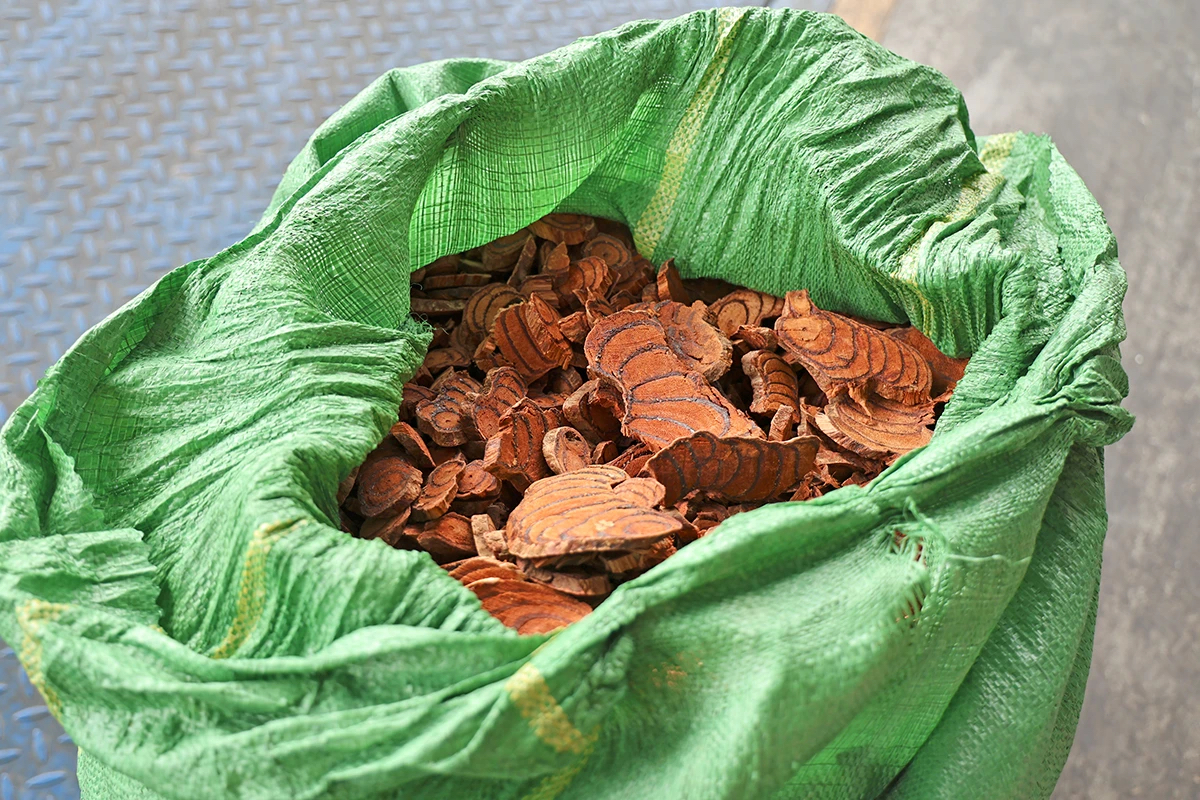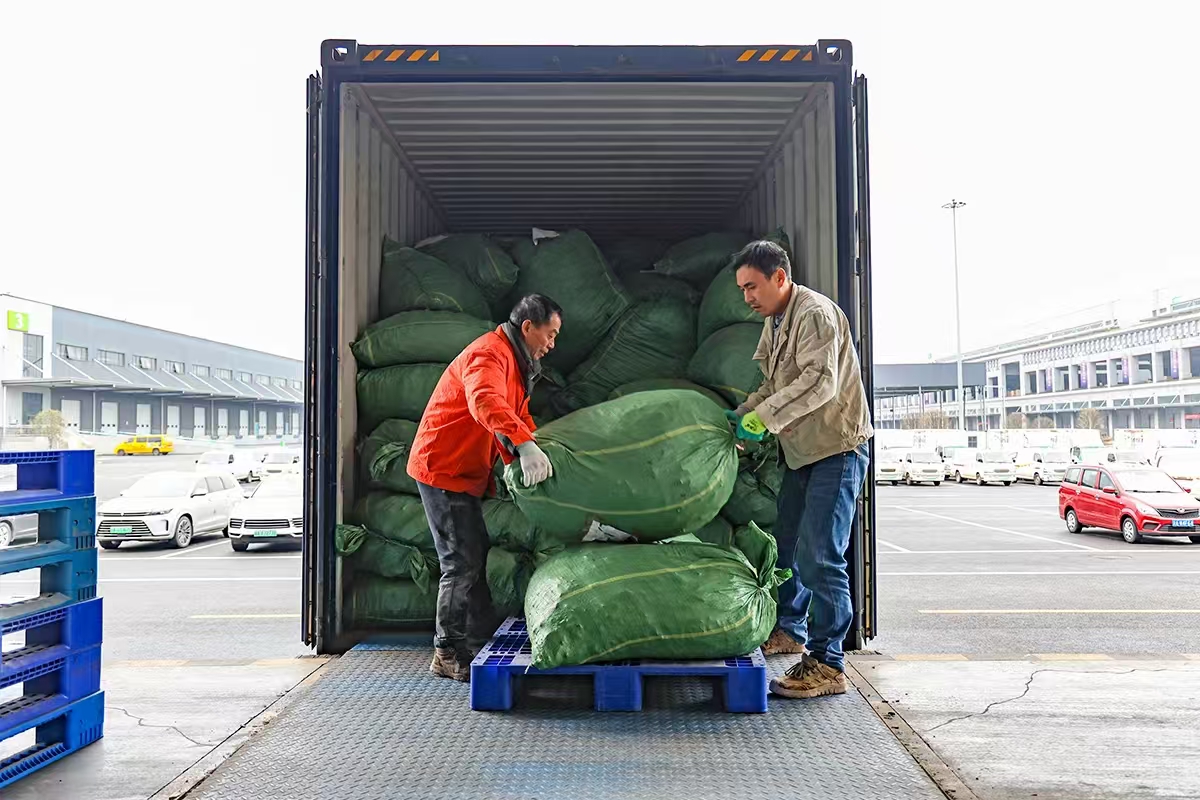 Bridging News
Bridging News
China-Laos Railway Facilitates First Import of Chinese Medicinal Herbs
Chongqing - On January 10, fifteen tons of chicken blood vine, a traditional Chinese medicinal herb produced in Laos, arrived at Chongqing Railway Port via the China-Laos Railway. The New Land-Sea Corridor Operation Co., Ltd. is importing such herbs through Yunnan's Mohan port for the first time.

The chicken blood vine is imported from Laos. (Photo/Chongqing International Logistics Hub Park)
"In the past, we imported Chinese herbal medicines through Jinghong port shipments or the more distant Tianbao port by land transport. Now, we can directly import these herbs via the China-Laos Railway," said Mi Zetian, General Manager of Hanao (Chongqing) Supply Chain Management Co., Ltd.
Chinese herbal medicines, used in Traditional Chinese Medicine (TCM), are plant-based remedies. Chicken blood vine, first documented in the late Qing Dynasty, is commonly used to treat menstrual disorders and anemia due to its ability to activate and replenish blood.

Workers are unloading chicken blood vines at Chongqing Railway Port. (Photo/Chongqing International Logistics Hub Park)
Due to insufficient local production, imported sources have long been an important supplement to the domestic market. Laos chicken blood vine is renowned for its quality, and this batch is a local pure wild product. A piece of this vine, aged 10 years, makes its efficacy far superior to domestically cultivated short-cycle products.
Laos has abundant Chinese herbal medicine resources, but logistics challenges previously led exports to China through third-country ports like Thailand and Vietnam, taking over a month and increasing costs. The China-Laos Railway has transformed this, enabling direct land exports in five days or less and reducing logistics costs by 40%.
Chongqing Railway Port is one of the earliest ports in China capable of importing general chemicals. In November 2018, it was approved by the State Council to support the addition of port functions for importing medicines and biological products, becoming the fourth city port with the function of importing a full range of medicinal products after Beijing, Shanghai, and Guangzhou, and the first to clear customs for importing medicinal products via cross-border railroad transportation.
In recent years, the port has continued to focus on importing Chinese herbal medicines, introducing over twenty kinds of overseas Chinese herbal medicines, such as Dilong, Licorice root, and Poria. Thus, it has become a new gateway for authentic Chinese herbal medicines to enter China.
 Related Stories
Related Stories